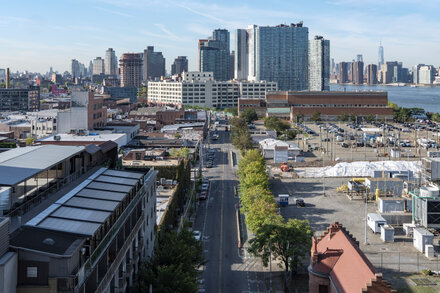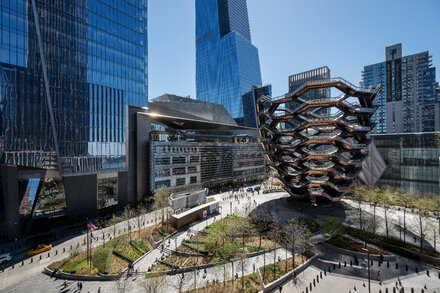In the wake of Amazon’s contentious 2019 withdrawal, New York City is now

New York City is witnessing the resurgence of familiar tensions as ambitious housing projects take shape in areas once considered for Amazon’s second headquarters. The withdrawal of the tech giant from Long Island City in 2019, following widespread community opposition, left a void that developers are now rushing to fill with massive residential developments, sparking renewed debates over affordability, infrastructure, and community voice.
The “Amazon fight,” as it became known, was a high-profile battle over tax incentives, gentrification, and the process by which large-scale development is approved in New York City. Its sudden cancellation, hailed by some as a victory for grassroots activism and lamented by others as a lost economic opportunity, reshaped the conversation around urban development. Now, in the wake of that episode, the city is embarking on what some characterize as a significant gamble on its housing future, particularly in Queens.
Developers and city officials are pushing forward with plans for thousands of new residential units, often involving extensive rezoning of industrial or underutilized waterfront properties. These projects aim to address the city’s persistent housing crisis and capitalize on the same transit accessibility and scenic views that initially attracted Amazon. However, the scale and scope of these proposals are drawing sharp criticism from local residents and advocacy groups who fear a repetition of the issues that plagued the Amazon deal.
Community advocates argue that the lessons from the Amazon experience—namely, the importance of robust public engagement and genuine commitments to affordable housing and infrastructure improvements—are not being adequately applied. Concerns are mounting over whether the new housing will truly cater to the needs of existing residents, or if it will primarily serve higher-income earners, thereby accelerating displacement and gentrification.
Infrastructure remains a central point of contention. Critics question the city’s capacity to absorb thousands of new residents without significant upgrades to public transportation, schools, parks, and sanitation services. Many fear that existing systems are already strained and will be overwhelmed by the influx of new developments.
The political landscape is also complex, with local elected officials often caught between the imperative to address housing shortages and the demands of their constituents for more equitable and sustainable development. The debates often pit pro-development factions, who emphasize job creation and economic growth, against progressive voices advocating for community-led planning and deeper affordability mandates.
As cranes dot the skyline of Long Island City and other Queens neighborhoods, the “huge bet” on housing development is unfolding. The lingering legacy of the Amazon withdrawal continues to shape the dialogue, serving as both a cautionary tale and a catalyst for renewed calls for development that prioritizes community needs alongside economic growth.
Source: Read the original article here.





